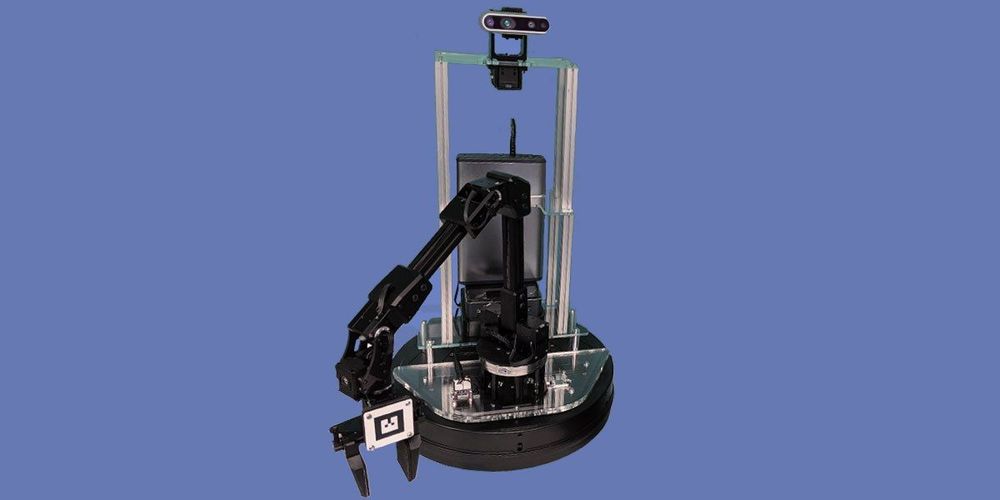

Perognathus fasciatus is a host species for fleas, ticks, and mites. Carnivores (such as coyotes) and reptiles (such as rattlesnakes) are also known to feed on them. fasciatus suggest that owls are major predators of this species. ( Manning and Knox, 1988 Pefaur and Hoffman, 1974) Food is carried in cheek pouches until it can be transferred into the burrow.

However, they do occasionally eat insects. Pocket mice are mainly herbivorous and granivorous, feeding on grasses, forbs, and seeds. Scent cues are not uncommon in rodents, and are probably present in this species. Tactile communication is undoubtedly important, especially between mates, mothers and their young, and competitors. However, other members of the genus are known to communicate with vocalizations. Information is not available on the communication patterns in this species. fasciatus home range has not been reported.

( Bernhardt, 2002 Manning and Knox, 1988) They do not appear to hibernate but do become less active beginning in mid-fall. Thes mice spend much of the day in the burrow and become active above ground only at night. On average, the area covered by a burrow is 6 m. The summer portion of the burrow averages 30 cm deep whereas the winter portion can be up to 200 cm deep. Constuction of the tunnel seems to be determined by its later use. A typical tunnel system consists of a main tunnel and summer/winter caches. Perognathus fasciatus is known to construct tunnel systems with several chambers. This is when all four feet are used in unison to jump away. In the presence of danger, thes mice exhibit ricocheting. These animals mostly relying on using hind limbs in a hopping fashion and touching down front limbs for balance. There is only a small proportion of this species which lives longer than 12 to 14 months. Male parental care patterns are not known for this species. While in the nest, the mother undoubtedly grooms and protects the young. The young are altricial, and like most rodents, must grow within the safety of the nest until they are able to move around their habitat. fasciatus is a mammal, we know that the female cares for the young, providing them with milk. Information on parental care in this species is lacking in the literature. Breeding season Breeding occurs between April and August.Breeding interval Females of this species breed twice annually.gonochoric/gonochoristic/dioecious (sexes separate).However, these mice are very similar to other members of their genus, and so probably do not vary significantly from other members of their genus in regard to these characteristics. Information is not available on the duration of lactation for this species, nor the age of independence. The gestation period is roughly one month long, and newborns are altricial. Females are capable of producing two litters per year, consisting of three to six young. ( Turner and Bowles, 1967)īreeding begins as the weather becomes warmer in late April or early May, and continues through late July or early August. Adults molt once a year, with males molting sooner than the females. This is because the hairs are tipped with black when they are new, but this tip often breaks off as the hair ages, givign an animals a more "buffy" look. Juveniles and adults that have freshly molted will be darker. Pelage coloration may vary slightly depending on the season and the age of an individual. Thefur of the ventrum is light cream to white in color. The species takes its common name from the olive-gray fur on the dorsal part of the body. ( Riddle, 1999 Williams and Genoways, 1979) Individuals weigh between 8 and 14 g, and measure 125 to 143 mm from head to tail. Perognathus fasciatus is a small to medium-sized pocket mouse with long hind feet (measuring 16 to 19 mm). ( Bernhardt, 2002 Manning and Knox, 1988 Pefaur and Hoffman, 1974) They prefer forest edges, a habitat which provides the proper amount of cover, and are associated with blue gramma and wheat grass. They are often found in thinly covered grasslands, and prairies that contain loose soil. Olive-backed pocket mice reside in arid and semi-arid upland habitats. Perognathus fasciatus is found in north central United States and south central Canada.


 0 kommentar(er)
0 kommentar(er)
